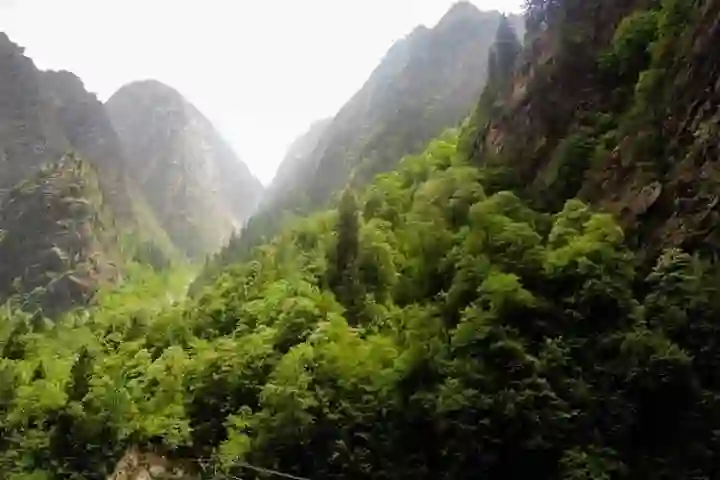Green cover has always benefited humankind. Be it absorbing carbon dioxide or providing shade or wood to use or fruits to eat and medicine to heal. Now there is more, as a study done at Princeton University shows that reforestation goes beyond shielding the earth with a green cover, it leads to creation of clouds that protect the world from rays of the sun.
The deduction of the study published in the peer-reviewed journal Proceedings of the National Academy of Sciences is clear – planting of forests helps in cooling the climate.
The team of researchers according to an article in smithsonianmag.com found that climate models don’t take into consideration that forested areas produce clouds which helps in lowering temperatures. The concern is about the green cover in the mid-altitude areas, that is a region called temperate areas which are situated between the tropics and polar areas which are not considered to be effectual in climate control since in winter they lose leaves, reports the Independent.
In a statement, Amilcare Porporato, who has co-authored the study and is a civil and environmental engineer at Princeton said: “We show that if one considers that clouds tend to form more frequently over forested areas, then planting trees over large areas is advantageous and should be done for climate purposes.”
A section of scientists raised the point of albedo when discussing the issue of planting of forests in mid-altitude regions. Albedo is the ability to reflect sunlight by the earth’s surface. More so, because of the loss of leaves by the deciduous trees in cold seasons in these regions, according to a Daily Guardian report.

Researchers of Princeton point out that this argument ignores a vital factor. As per the study, reduced albedo is more than offset by the creation of clouds by these forests with the release of moisture by the trees in the atmosphere.
Elaborating on this Porporato said: “The main thing is that nobody has known whether planting trees at midlatitudes is good or bad because of the albedo problem. We show that if one considers that clouds tend to form more frequently over forested areas, then planting trees over large areas is advantageous and should be done for climate purposes.”
A cooling of temperature takes place when the clouds pass between the sun and Earth. This study points out a significant characteristic of the clouds – that it has high albedo – like the ice and snow. Till now, this aspect which helps in climate change has been ignored by several studies.
Also read: Indian scientists discover new moss species Bryum bharatiensis in Antarctica
Along with his fellow researchers, Sara Cerasoli and Jun Ying, Porporato took into account data on clouds provided by satellite along with models that estimated the interaction between the atmosphere and the plants. The group discovered and learnt that increased absorption of carbon dioxide and cooling by the clouds proved more beneficial than absorption of solar radiation by areas that are forested.
However, the study authors suggested a need for caution while considering reforestation as there is a need to find out as to what needs to be done and how it needs to be done before a decision to plant trees is taken and implemented.
Cerasoli, who is a graduate student in Princeton stated: “We can’t just consider climate change, but must also consider other factors, such as biodiversity and the fact that land is also needed for food production. Future studies should continue to consider the role of clouds, but should focus on more specific regions and take their economies into account.”
Also read: Climate change triggering change in colour of dragonflies
Speaking in the same vein, Porporato added: “So many things are connected in the earth system. The nature of interactions between, for example, the water cycle and climate mean that if you change one thing, it’s very difficult to predict how other parts of the system will be affected.”




















